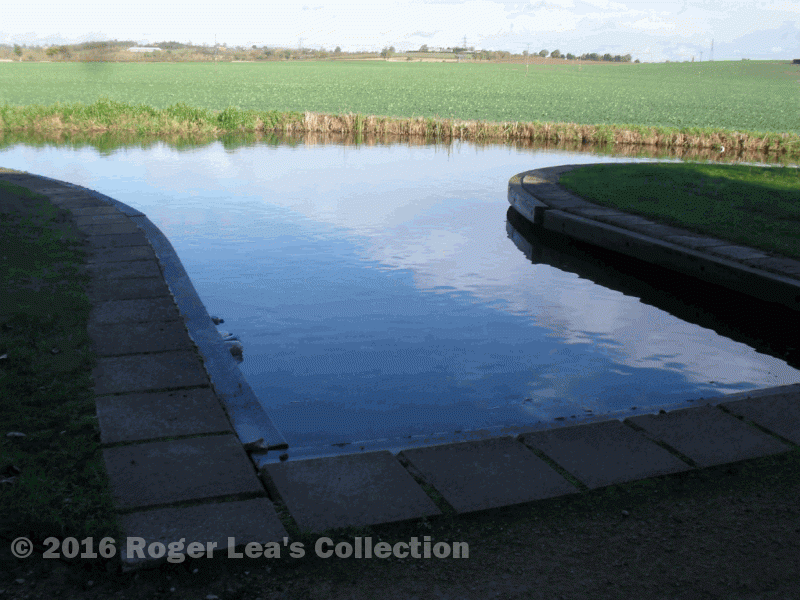Mr. Harris, making his tour of the parish boundary of Sutton Coldfield in 1824, arrived at the point where it turned away from the River Tame near Minworth Mill. He noted that the other side of the river lay in Aston Parish while land further along the bank was “in the Hamlet of Minworth in the Parish of Curdworth” - this part of Sutton, anciently known as Greaves, cut the parish of Curdworth in half. The boundary crossed Water Orton Lane following the line of a ditch - 100 years later the boundary was changed so that it followed Water Orton Lane, bringing Minworth into Sutton.
Land here was low-lying, mostly meadowland, and a large tract of it, called Broad Meadow, was open common; this would soon be divided into fields for private owners by Mr. Harris, the Commissioner for Enclosure. In 1824 the land was farmed by George Wakefield junior of Minworth Greaves Farm (recently converted to residential use), on the north side of Kingsbury Road. He had more farm buildings on the other side of the road, where there was an old farmhouse which had been converted into cottages for three farmworkers. This timber-framed building was later dismantled by the Cadburys and re-erected at Bournville, where it is now open to visitors, known simply as Minworth Greaves.
Crossing Kingsbury Road the old boundary reaches the canal. The line of the boundary from the river to the canal cannot now be traced, as the land to the south of Kingsbury Road lies beneath the vast sewage works. The land was bought by the Birmingham Tame and Rea Drainage Board in 1898 for £98,000, and construction work began shortly afterwards.
Ash from Saltley gas works, used to make the huge filter beds, came up the canal, was unloaded at a long wharf alongside the canal just inside the Sutton boundary and taken by light railway across Kingsbury Road - this tramway extended as far as the Midland Railway goods yard at Water Orton. Thus Sutton had a wharf and canal basin and several miles of railway at Minworth Greaves, though the only benefit to local people was the employment offered by the works - houses for the workers were built at Sutton Square, now dwarfed by the surrounding factory units which overlie the old boundary.
In 1824 the canal passed through quiet countryside, and Mr Harris noted the boundary passing through alder beds on either side of the canal, which is on an embankment here - no doubt the alder trees were planted by the canal company to help stabilise the banks.
